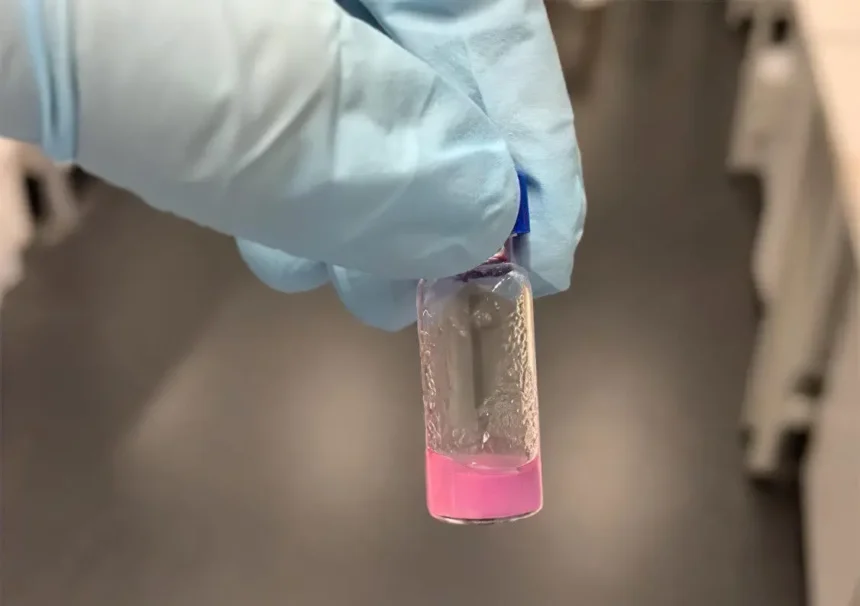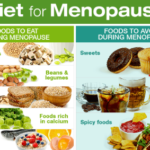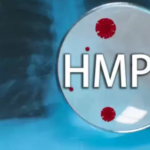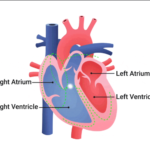A new substance created by UNSW Sydney researchers has the potential to completely change how human tissue is generated in the lab and utilised in medical treatments.
Antimicrobial and Self-Healing Material: Human tissue
The novel material is a member of a class of materials known as hydrogels, which are the building blocks of all living things, including animal and plant cartilage and seaweed. Because of its ability to replicate human tissue, hydrogels are particularly helpful in biomedical research as they enable the growth of cells in a lab setting.Additionally, hydrogels manufactured by humans are utilised in a wide range of consumer goods, including as food, cosmetics, contact lenses, absorbent materials, and, more recently, in medical research to restore damaged tissue and seal wounds. The intricate features of real human tissue are not well replicated by synthetic hydrogels, however they may serve as space fillers that promote tissue growth.
However, researchers from UNSW reveal how a novel lab-made hydrogel behaves like natural tissue in a study report that was published today in Nature Communications. The hydrogel has several unexpected properties that could have an impact on manufacturing, culinary, and medical technologies.The hydrogel substance is formed of extremely basic, short peptides, which are the building blocks of proteins, according to Associate Professor Kris Kilian of UNSW’s School of Materials Science & Engineering and School of Chemistry.
Also read :Green Power Surge: Broccoli Sprouts’ Unexpected Hidden Health Benefits
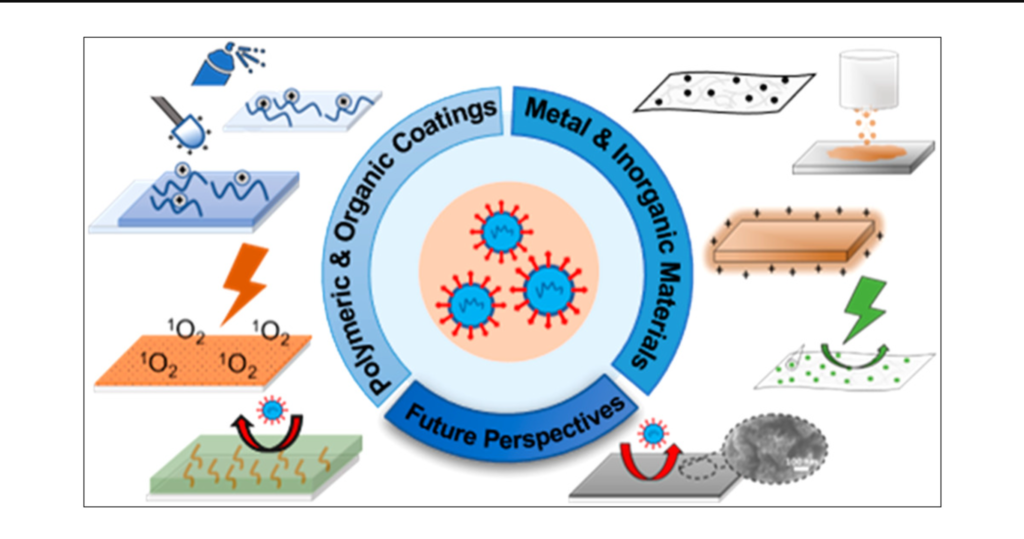
human tissue
“The material is bioactive, which means that encapsulated cells behave as if they are living in natural tissue,” A/Prof. Kilian says.
Additionally, the substance is antibacterial, which means that it will guard against bacterial illnesses. It is in the ideal location for materials that could be applied to medicine thanks to this combination. Additionally, the material is self-healing, meaning that it will reassemble after being crushed, broken, or shot out of a syringe. This makes it perfect for injectable medical materials or 3D bioprinting.
Surprise discovery in lockdown
Using computer models, Ashley Nguyen, a PhD candidate at the UNSW School of Chemistry and the paper’s first author, discovered this during the COVID-19 lockdown. Ms. Nguyen discovered the idea of “tryptophan zippers” while searching for molecules that self-assemble, or arrange themselves on their own without assistance from a human. Known as “Trpzip,” these short chains of amino acids include several tryptophans that function as a zipper to aid in self-assembly.
“I was excited to identify a unique peptide sequence using computational simulations that might form a hydrogel,” says Ms Nguyen.
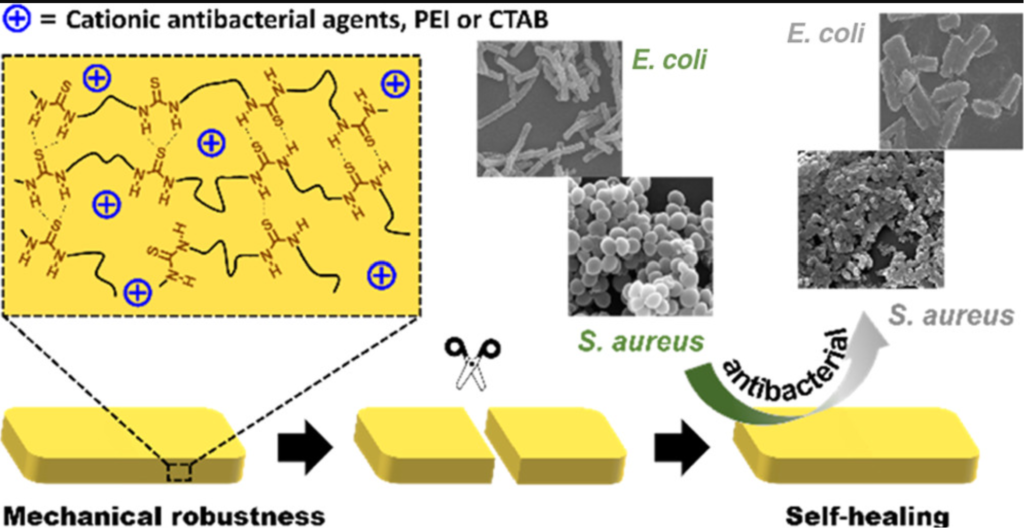
human tissue
“After we returned to the lab, I synthesized the top candidate and was thrilled to see it actually form a gel.”
Ms Nguyen says the discovery of this hydrogel has the potential to be an ethical alternative to the widely used natural materials.
“Natural hydrogels are used all over in society—from food processing to cosmetics—but require harvest from animals which poses ethical concerns,” she says.
“Also, animal-derived materials are problematic for use in humans because of the negative immune response that occurs. With Trpzip, we have a synthetic material that not only shows potential in many areas where natural materials are currently used but also could outperform them in others, such as clinical research.”
Real-world results
A/Prof. Kilian’s team collaborated with Dr. Shafagh Waters of the School of Biomedical Sciences at UNSW Sydney, a researcher who employs Matrigel, a hydrogel made from mouse tumours, for the cultivation of patient tissue in her research, in order to test the feasibility of Trpzip in biomedical research.
Because each batch of matrix is unique, there are several drawbacks when using it in research. According to Dr. Waters, a chemically defined substitute might be more affordable and consistent, both of which would be very helpful for biological research.
A/Prof Kilian states that the team is eager to investigate routes to commercialization and points out that the natural materials sector is a billion-dollar market.
Trpzip hydrogels and similar materials, in our opinion, will offer a more consistent and affordable substitute for goods originating from animals. If our material could lower the quantity of animals utilised in scientific study, that would be a fantastic result.
The next stage of the study will involve collaboration with business and clinical experts to evaluate the usefulness of Trpzip gels in tissue culture and investigate uses that emphasise their special dynamic properties, such as stem cell delivery and 3D bioprinting.
Reference: “Hierarchical assembly of tryptophan zipper peptides into stress-relaxing bioactive hydrogels” by Ashley K. Nguyen, Thomas G. Molley, Egi Kardia, Sylvia Ganda, Sudip Chakraborty, Sharon L. Wong, Juanfang Ruan, Bethany E. Yee, Jitendra Mata, Abhishek Vijayan, Naresh Kumar, Richard D. Tilley, Shafagh A. Waters and Kristopher A. Kilian, 23 October 2023, Nature Communications.
DOI: 10.1038/s41467-023-41907-1
Also read : Wind :Can Wind Travel Faster Than The Speed Of Sound?







